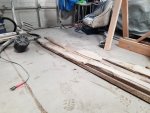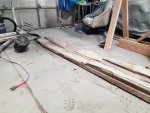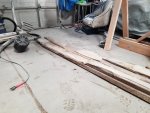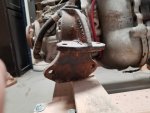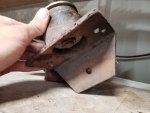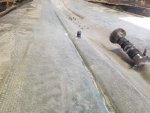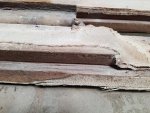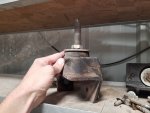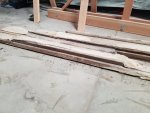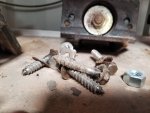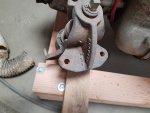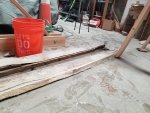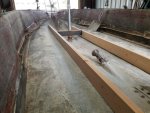[h=2]POSTING HERE FOR REFERENCE:
Bonding studs: an alternative to bolts or screws[/h] Instead of using bolts or screws, you can bond threaded rods or studs into the substrate and attach the hardware with nuts. This variation is appropriate for many engine, motor or machine installations. Coat the base of the hardware with wax/mould release to make it removable. Although the hardware is not 'bonded' to the substrate, the epoxy still provides a bearing surface that perfectly matches and supports the base of the hardware. [h=2]1. Prepare the studs or threaded rods[/h] Do this by waxing the upper ends (above the surface) and cleaning the lower ends (below the surface).
[h=2]2. Place a nut and washer on the studs[/h] Make sure you have wet out the lower ends then push them into the epoxy filled holes. Allow the epoxy to cure thoroughly before attaching the hardware and tightening the nuts.
Bond threaded rods or studs into the substrate as an alternative for easily removable hardware.
[h=2]Removing fasteners[/h] If you know that you will need to remove a fastener at a future date, coat the threads with wax or mould release. The purpose of this is to 'contaminate' the surface sufficiently to prevent a good bond.
If you need to remove a fastener that has been permanently bonded, apply heat to the head of the fastener with a soldering iron or propane torch. It's a good idea to use a heat shield to protect the surrounding area. Heat will travel down the fastener and will soften the epoxy it comes into contact with. After this heating, the epoxy should soften enough to allow you to back out the fastener. Allow more time for heat to travel along longer fasteners and fasteners with a larger diameter fasteners.
























